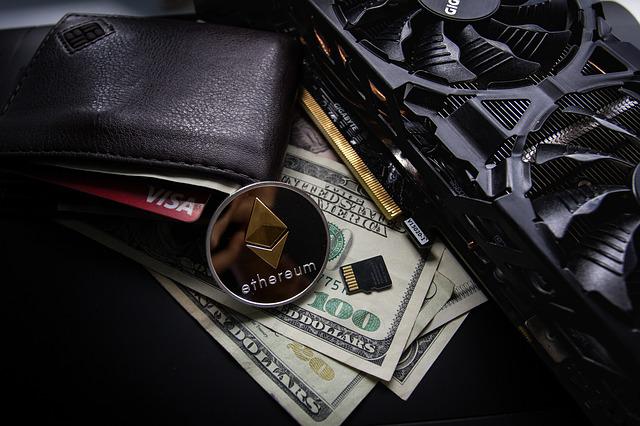Cryptocurrency’s decentralized nature
DAO means Decentralized Autonomous Organization. Digital currencies like Bitcoin and Ethereum are decentralized in nature. This means that no single authoritative entity governs or oversees them. These currencies work through blockchain networks, which are distributed among computers all over the world. The lack of a governing authority provides users of virtual currency with unprecedented levels of privacy. Cryptocurrencies are also quite secure, as they operate on these blockchain platforms. Once a user makes a transaction, the blockchain permanently stores it. Reversing this transaction becomes almost impossible, even for the person who made the transaction themselves!
What was the DAO?
A number of cryptocurrency developers came up with the idea of creating the DAO in 2016. The initiation of the DAO was to help completely automate and make cryptocurrency transactions easier for its users. The DAO gathered capital through crowdsourcing. It remains one of the largest crowdfunding projects to date, amassing over $160,000,000 in Ethereum. Ethereum coin holders collectively poured almost 14% of all Ether tokens generated into the project.
In an attempt to set itself apart from traditional companies and introduce a new decentralized business model to the world, the DAO refrained from appointing any managers or a board of directors. It aimed to involve all its investors in making important decisions. The DAO gave anyone who invested in it tokens, which all the major cryptocurrency exchanges then listed. People were able to trade these tokens, which then granted them the authority to vote on planned projects.
The DAO itself had no physical presence like a traditional company. It existed solely as a series of contracts on the Ethereum blockchain. There were no assigned directors or managers either- the working of the company was entirely in the hands of the token-holders. This ensured complete transparency of operations between the developers and the investors.
How did the DAO function?
The developers and investors handled the entire project as a collaboration between them. People submitted their proposals for consideration, after which volunteer investors called ‘curators’ background-checked them. If the curators found them satisfactory, then the designs were whitelisted for investors to vote on. The investors directly received any profits from the DAO’s endeavors. The whole point of the DAOs creation was to automate the decision-making process, to remove human manipulation or error. If the tokens succeeded, then it would open a path for other companies to adapt to this method.
DAO tokens
Instead of directly holding the funds in the company, the funds existed in the form of DAO tokens which the investors held. This gave them the opportunity to withdraw their contribution at any time. The tokens stipulated that all contributions be made with Ethereum, which allowed people from all over the world to invest without verifying their identity.
However, it face quite a few problems due to decentralization. Without a strict governing body, there were no rules to prevent the individual’s funds in case the DAO took any untoward actions as a whole. It was also extremely prone to attack by hackers and programming errors.
There was also mass doubt on whether the tokens counted as securities. Virtual tokens are not always fungible. The owner needs to convert it into actual currency for it to actually be useful to him. If too many people cashed in their tokens, then it would have greatly impacted the value of Ether and its liquidity- to which it was tied.
Attack by hackers
However, hackers attacked the DAO shortly after its establishment. These cybercriminals gained access to around $50 Million worth of Ethereum coins at that time. This caused chaos amongst the investors, who were unable to decide whether to take measures against the hack or disband entirely.
It was able to recover the stolen funds shortly after by initiating a hard fork in the Ethereum blockchain. This caused the Ethereum blockchain to continue as two separate entities- Ethereum Classic and the new Ethereum.
Despite the good intentions of the DAO, its visions of decentralization were unable to stand up to the real world. Many investors began to question the reliability after the hacking and backed out. It also caused many exchanges to delist the token from their platforms. Thus, the original DAO project came to an unfortunate end.
Conclusion
However, with new technological advancements in blockchain technologies, there is still hope for DAOs. The popular currency DASh has proven to be a safe and reliable DAO, with its investors overseeing its governance and budgeting. Following the example of DASH, there is still hope forthem to crop up in the future and change the landscape of traditional companies.



